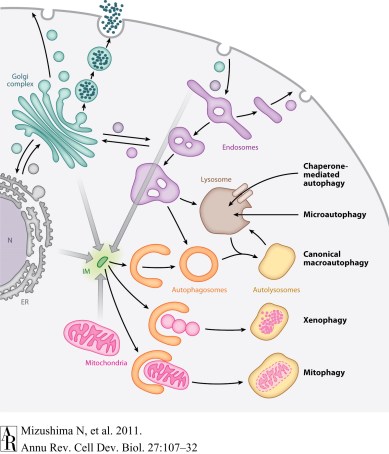In this video, Richard Holden, Professor of Economics at UNSW Australia Business School, and author of this comprehensive review, sheds light on the democratic process and the surprising factors that influence how people vote.
The review presents existing social-science research that helps us think through the voting process, including how electoral boundaries are drawn, the redistricting process, what might explain the high incumbent reelection rate in the United States, and how geography influences voting. All this has particular relevance in today’s context of highly polarized and partisan politics that encourages nefarious practices like gerrymandering to win votes. Professor Holden’s review suggests that social science can be a powerful tool to inform election law and support a healthy and transparent democratic process in an increasingly complex political climate.
Learn more with this article, which we’ve made freely available:
- Voting and Elections: New Social Science Perspectives, Annual Review of Law and Social Science
 As we approach the end of the 2016 presidential campaign in the United States, we explore one of the most heatedly discussed issues: international trade and the various trade deals the country has entered.
As we approach the end of the 2016 presidential campaign in the United States, we explore one of the most heatedly discussed issues: international trade and the various trade deals the country has entered. Users can sign up
Users can sign up  Congratulations to Bernard “Ben” L. Feringa, of the University of Groningen in The Netherlands, who shared the
Congratulations to Bernard “Ben” L. Feringa, of the University of Groningen in The Netherlands, who shared the  Dr. Ohsumi’s research has shown how “self-eating” in cells provides them with the energy and components necessary to renew themselves, helping organisms resist starvation, among other types of stress. Autophagy also helps cells to fight infections and prevent the negative consequences of aging.
Dr. Ohsumi’s research has shown how “self-eating” in cells provides them with the energy and components necessary to renew themselves, helping organisms resist starvation, among other types of stress. Autophagy also helps cells to fight infections and prevent the negative consequences of aging. Richard was interviewed about his life and work by his former postdoc
Richard was interviewed about his life and work by his former postdoc 


